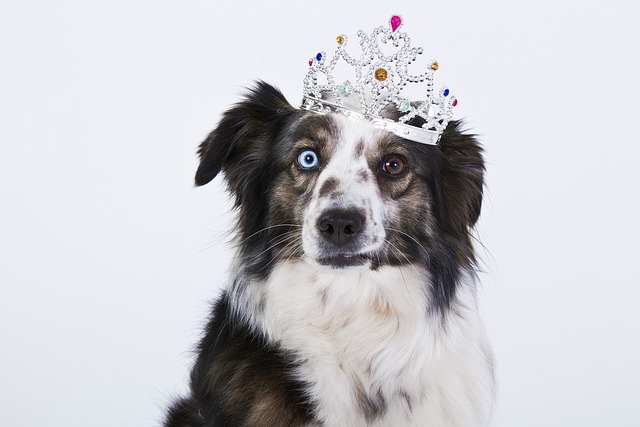
What do groomers use for shedding
When Sarah first brought home her golden retriever, she spent weekends vacuuming piles of fur from her couch—and found herself picking strands out of her coffee mug more often than she’d like.
When Sarah first brought home her golden retriever, she spent weekends vacuuming piles of fur from her couch—and found herself picking strands out of her coffee mug more often than she’d like. If you’ve ever wondered why your living room looks like a fur tornado hit, you’re not alone. Dog shedding is a natural process, but groomers have a toolkit to manage it effectively. Let’s dive into what professionals use to turn your shedding pup into a sleek, happy companion.
First, understanding why dogs shed helps demystify the process. Most breeds shed seasonally to adapt to temperature changes, while others (like labs or huskies) shed year-round. Health factors like poor diet or stress can also trigger excessive shedding. Groomers view shedding as a biological process—think of it as your dog’s way of updating their coat for the weather. But how do they tackle it?
Professional groomers rely on three key tools. The slicker brush is a staple for removing loose undercoat fur, especially in double-coated breeds. Its fine wires gently lift dead hair without snagging, but it’s crucial to brush in the direction of hair growth. Next, the deshedding tool (often called a "Furminator") is designed to target the dense underlayer. Used in short, controlled strokes, it pulls out trapped fur that regular brushes miss. Finally, a high-velocity dog dryer isn’t just for drying—when used on low heat, it blows out loose hair before brushing, making the process more efficient.
Here’s a pro tip: groomers always start with a thorough inspection. They check for matting, skin irritations, or parasites that might exacerbate shedding. Then, they use the dryer to loosen fur, followed by the deshedding tool on tough areas like the back and sides, finishing with a slicker brush for a smooth finish. Weekly at-home brushing (3-4 times) with these tools can cut shedding by up to 50%—just like Sarah’s golden, who now leaves only a fraction of fur on her carpets.
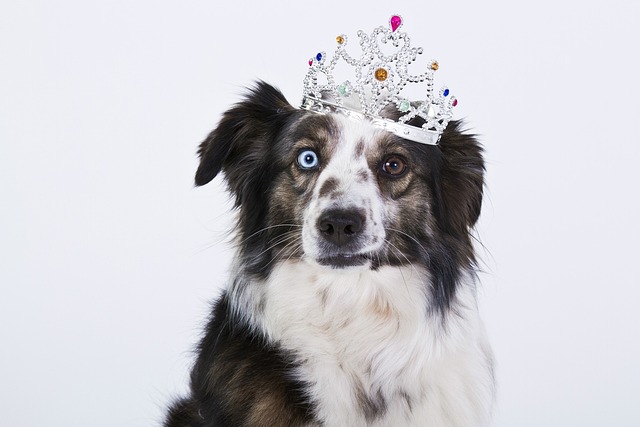
But managing shedding goes beyond tools. In the U.S., responsible pet ownership starts with compliance. Ensure your dog is up-to-date on rabies and distemper vaccines—local laws often require proof at grooming salons. When out, always carry poop bags; leaving waste in parks or sidewalks isn’t just rude—it’s a fineable offense in most cities.
Cultural norms also play a role. In the U.S. and Europe, physical punishment is widely frowned upon. Groomers use positive reinforcement, like treats and praise, to keep dogs calm during sessions. If your pup gets anxious, mention it to your groomer—they might suggest desensitization techniques, like short, positive brushing sessions at home to build trust.
For apartment dwellers, noise and mess are key concerns. Opt for quiet dryers and brush your dog over a mat to contain fur. When walking in shared spaces, keep your dog on a leash and avoid letting them sniff other people’s doors—good community etiquette goes a long way.
By combining the right tools with responsible habits, you can turn shedding from a headache into a manageable routine. Remember: a little maintenance today means less fur flying tomorrow—and a happier, healthier pup by your side.

When Sarah first brought home her golden retriever, she spent weekends vacuuming piles of fur from her couch—and found herself picking strands out of her coffee mug more often than she’d like.
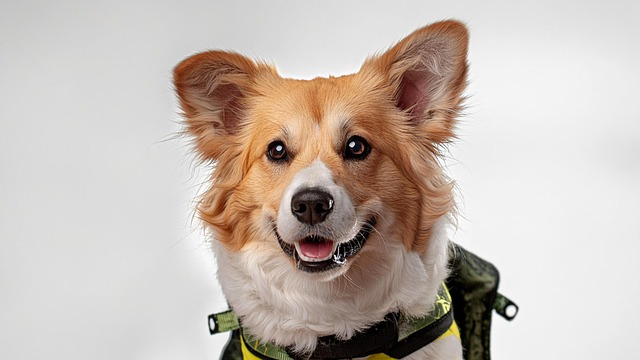
Unlock the secrets to safe, soothing puppy teething with vet-approved chews—protect your pup and your home during this challenging stage.
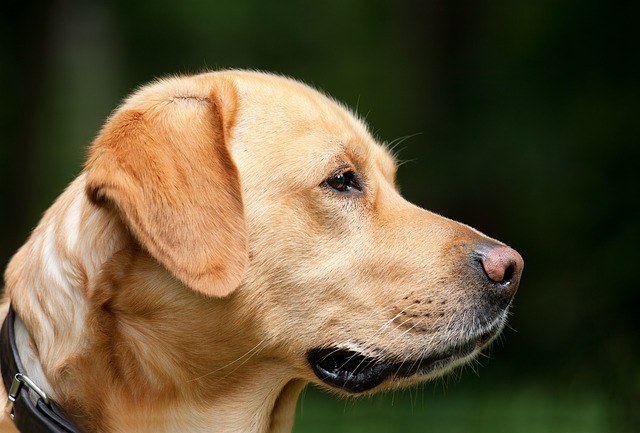
Let’s start with the honest truth: grabbing kitchen scissors to trim your dog’s overgrown fringe might seem like a quick fix, but it’s a high-stakes haircut.

You’ve just settled on the couch for a movie night when your dog’s nails start clicking across the hardwood like tiny tap dancers. Or maybe you notice them slipping on the kitchen tiles more often.
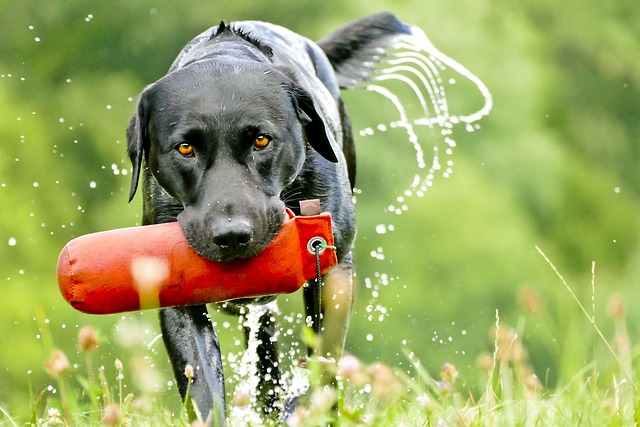
Let's be honest, that moment when you pull out the brush and your dog suddenly remembers a very important appointment behind the sofa is pretty universal.

Picture this: it’s bath time for your pup, and you’re fresh out of dog shampoo. As you reach for your own coconut-scented shower gel, you pause – could this work? Let’s be honest,